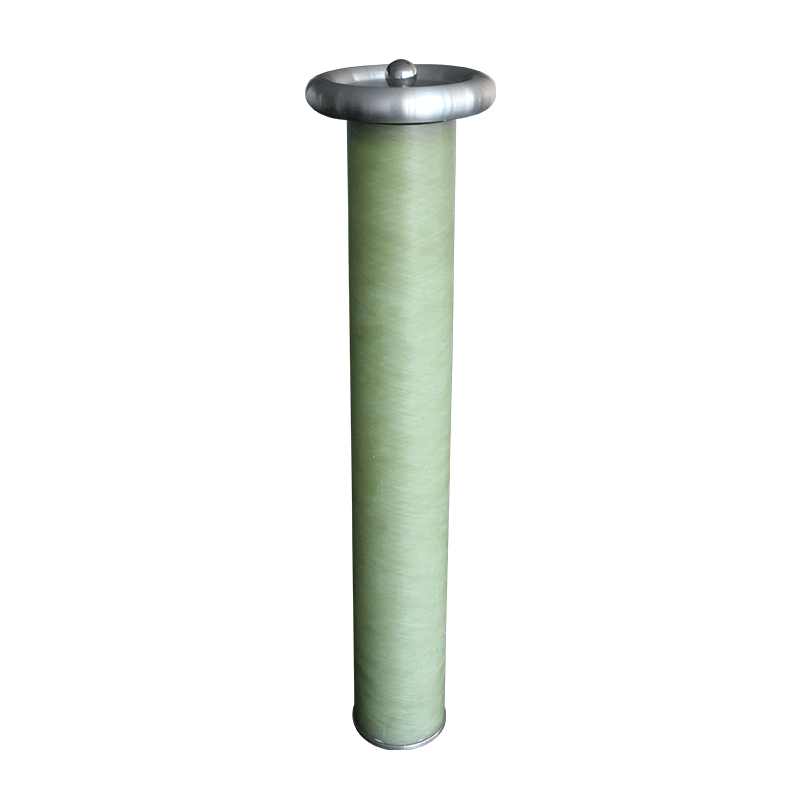Power Supply Stability in Neutron Generators: Key Technical Challenges and Advances
As core devices of controllable neutron sources, neutron generators play an irreplaceable role in fields such as nuclear energy exploration, material analysis, and medical applications. Their performance critically depends on the stability of high-voltage power supplies—minor fluctuations in power output can cause significant variations in neutron yield (number of neutrons generated per unit time), thereby affecting data accuracy and device reliability. This article analyzes the impact mechanisms of stability, technical challenges, and innovative solutions.
I. Impact Mechanism of Power Stability on Neutron Yield
Neutron yield is determined by the product of accelerating voltage and ion beam current. For instance, in porosity logging, a ±0.1% fluctuation in accelerating voltage can lead to a neutron yield deviation exceeding 1.5%, resulting in errors in stratigraphic element analysis. The underlying relationship is expressed as:
$$
\text{Neutron Yield} \propto V_{\text{acc}} \times I_{\text{beam}}
$$
where $V_{\text{acc}}$ is the accelerating voltage, and $I_{\text{beam}}$ is the ion source current. Ripple or drift in power output directly disrupts the critical conditions for nuclear reactions, reducing neutron generation efficiency.
II. Key Technical Challenges Affecting Power Stability
1. Electrical Performance Fluctuations
Voltage Ripple: High-frequency switching in traditional power supplies generates ripple, degrading the uniformity of accelerating electric fields and deflecting charged particles from the target.
Load Response Delay: Neutron tube impedance increases with operational time (e.g., yield declines by 5.39% after 150 cumulative hours). Delayed power response exacerbates output instability.
2. Thermal Management Issues
Power losses in IGBT switching units of ion source supplies can reach hundreds of watts in pulse mode. When local temperatures exceed 80°C, semiconductor conduction resistance rises, reducing output voltage accuracy. Poor thermal design may trigger thermal runaway, shortening supply lifespan.
3. Electromagnetic Compatibility (EMC) Challenges
Electromagnetic interference (EMI) from high-voltage supplies can couple into control systems, distorting feedback signals. For example, unshielded high-frequency noise in PID controllers may cause overshoot oscillations.
III. Advances in Stability Control Technologies
1. Intelligent Control Algorithms
Kalman Filter-PID Fusion: Integrating Kalman filters into PLC systems predicts noise distribution in real time and adjusts PID parameters. Experiments show this reduces overshoot by 40% and limits ripple to 0.05%.
Adaptive Voltage Regulation: Dynamically adjusts target voltage and anode current based on cumulative operational time, compensating for yield decay via the function $V_{\text{comp}} = f(T_{\text{work}}, I_{\text{anode}})$.
2. Novel Materials and Structural Designs
Wide-Bandgap Semiconductors: Silicon carbide (SiC) MOSFETs replace silicon-based IGBTs, cutting switching losses by 70% and improving thermal management.
Multilayer Insulation Systems: Polyimide-nanoceramic coatings increase withstand voltage to 50 kV/mm, suppressing partial discharges that cause voltage drops.
3. System-Level Reliability Design
Thermal Redundancy: Parallel dual-drive units enable automatic failover if the primary unit overheats, ensuring continuous operation.
EMI Shielding Integration: Metal powder cores combined with copper shielding layers attenuate EMI by >30 dB, maintaining signal-to-noise ratios >60 dB.
IV. Future Optimization Pathways
Future research should focus on three areas:
1. Multi-Parameter Cooperative Control: Integrate temperature, load impedance, and humidity variables into digital twin models for predictive regulation.
2. Lifetime Prediction and Maintenance: Establish neutron tube yield decay databases and develop deep learning-based algorithms for proactive replacement.
3. Compactness and High Power Density: Utilize 3D circuit stacking and microchannel cooling to achieve 5 kW/L power density while reducing volume by 30%.
Conclusion
Power supply stability is the cornerstone of balancing accuracy, efficiency, and longevity in neutron generators. Through synergistic innovations in intelligent control, advanced materials, and system protection, next-generation high-voltage power supplies are overcoming traditional limitations. As interdisciplinary technologies converge, stability mechanisms will evolve from passive compensation to active immunity, providing a robust foundation for cutting-edge neutron generator applications.




















